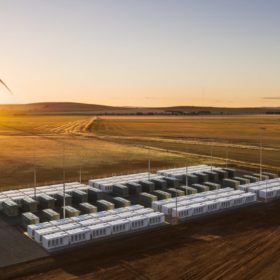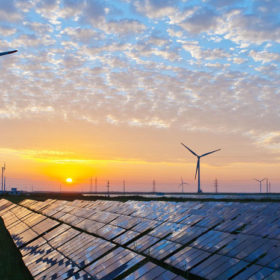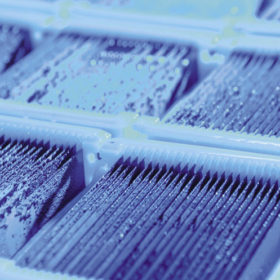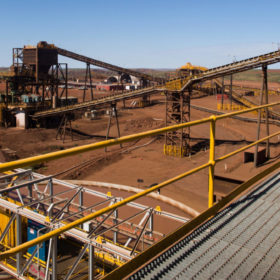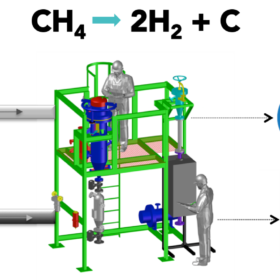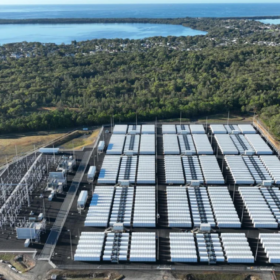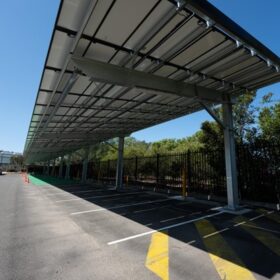Minerals Council’s Climate Action Plan full of hot air
The Minerals Council of Australia has released its long-awaited Climate Action Plan. The plan has been widely criticised for its empty posturing and at least one group of major investors are demanding the Council articulate some of its conspicuously vague plans.
Blockchain P2P solar energy trading proves feasible and popular in world-first trial
An Australian government-backed trial of peer-to-peer (P2P) solar trading has demonstrated the potential of localized two-sided energy markets and blockchain technology to improve the energy system. However, current electricity tariff structures would need to be modified to realize the full stack of values that this technology has to offer.
Leaked: EU hydrogen strategy eyes €140 billion turnover by 2030
The European Commission has sent the European Green Deal on its way and a preliminary version of its anticipated hydrogen strategy has been leaked. The plan does not lack ambition, as the EU seeks to assert tech leadership in green hydrogen through coordinated efforts across the value chain.
Hornsdale big battery expansion gets regulatory approval
The Essential Services Commission of South Australia has given the tick of approval for the Tesla big battery to vary its electricity generation license in line with its increased capacity from 100 to 150 MW.
Infigen backs Iberdrola’s $841m takeover offer
Infigen Energy has recommended an $840.6 million buyout bid from Spain’s Iberdrola to its shareholders and urged them to reject an earlier offer from Philippines-linked investment company UAC Energy.
Another billion-dollar quarter for JinkoSolar
Despite the challenges to both the manufacturing and shipment of its products during the period, JinkoSolar today reported that it shipped 3.4 GW of modules in the first quarter of 2020, bringing its revenue for the quarter just over the billion dollar mark.
Carbon accounting for beginners
A new report from Rocky Mountain Institute in the U.S. explores the need for companies to disclose information about greenhouse gas emissions throughout their supply chains, and the most effective ways to do this whilst ensuring consistency and comparability of collected data across multiple industries.
Hazer raises $8.4m for wastewater-to-renewable hydrogen project
Perth-based Hazer Group has completed an $8.4 million share placement that will be used towards a project that will turn wastewater into green hydrogen and graphite using technology developed by the University of Western Australia.
AEMC approves landmark wholesale demand response to improve reliability and reduce prices
Large energy consumers will be allowed into the wholesale market and paid for reducing their power usage at times of peak demand under a new rule that will be introduced next year.
Update on acquisitions of ASX-listed renewables developers
In its formal bidder’s statement, Philipines UAC Energy has urged Infigen shareholders to accept its takeover bid of $0.80 a share, while Infigen remained adamant no action should be taken in relation to the “opportunistic” offer. Previously, the acquisition of another prominent renewables developer, Windlab, was greenlit in a landslide shareholder vote.



